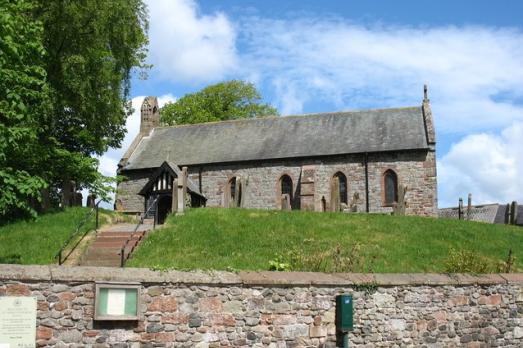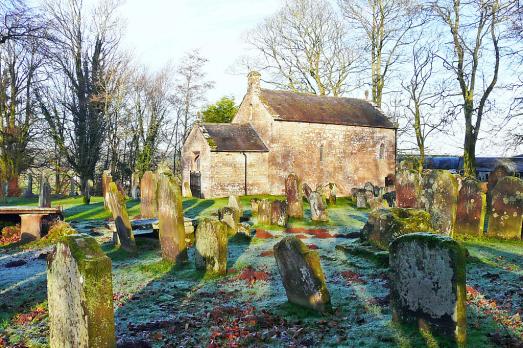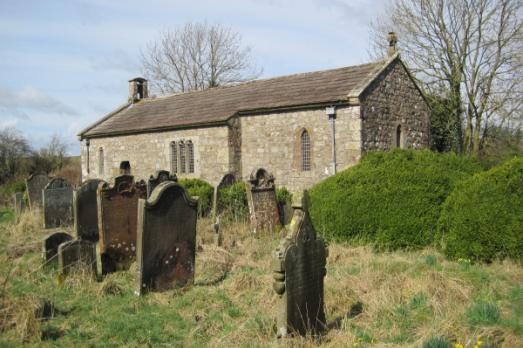
Fort Maia granary
At the western end of Hadrian’s Wall was the Roman fort Maia, guarding the approach from the Solway. The village is built on the site of the fort and Roman stones can be seen in the local buildings, including the Norman church. Built atop what may be the granary for the Roman fort in the 12th century, the two original bells were stolen by border raiders in 1626, accidentally dropping them in the Solway during their flight.














